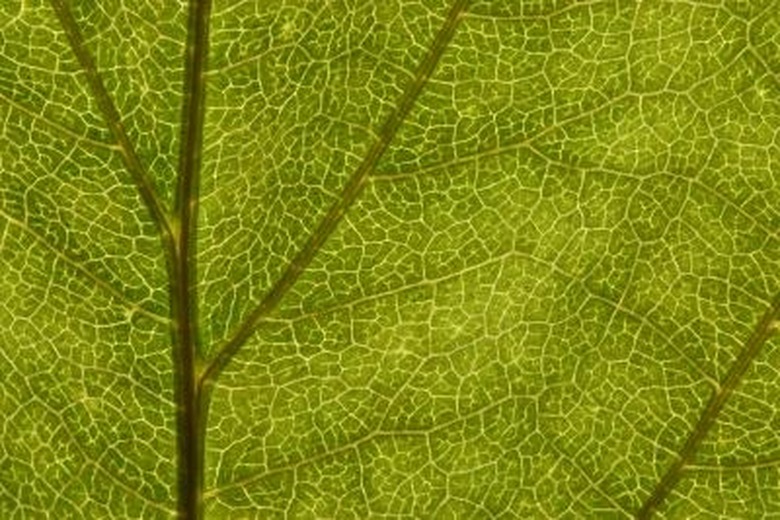The Transport System Of Plants & Animals
Plants and animals are the two major classifications of living things. All species under these two kingdoms require proper functioning of their body processes to survive. Among the most important of the body processes is the transport system, which enables all other body systems to function smoothly and — by supplying sufficient nutrients — allows members of the species to go about their normal activities .
Plant Transport System
Plant Transport System
Compared to animals, most plants are less complex and require less food and water to survive. A plant takes in water and dissolved nutrients from the soil via the roots. These substances are then carried into specialized tissues in the plant stem that act as a route for the water and nutrients to be carried to various parts of the plant, such as the leaves, flowers and fruits. Food from various sites is also distributed to different organs via another tissue of the plant’s transport system.
Plants' Phloem
Plants' Phloem
Translocation is the process of transporting food from the leaves—the plant’s sites for photosynthesis or "food manufacturing." The structure responsible for this process of translocation is the phloem, which is made up of cells that control the passage of food in the form of sugars from the leaves into different parts of the plant. The phloem is positioned just outside the xylem.
Animals' Circulatory System
Animals are more complex creatures and require more food and nutrients because they are able to move about. Nutrients, together with oxygen and water, are necessary for proper survival of the organism. Once nutrients are broken down by the digestive system and are absorbed, they need to be distributed to various organs and tissues in the body to replace energy being expended. Oxygen is also needed by the animal body for various cellular processes and activities. An animal's circulatory system is the main transport system in the body and is one of the keys that make all other bodily functions possible.
Circulatory System Process
An animal's circulatory system consists of the heart, blood vessels — arteries, veins and capillaries — and the blood. The heart is the pump that pushes the blood to move along the arteries and veins. Blood from the heart and lungs usually passes through the arteries and carries with it oxygen and nutrients to be distributed into the many organs and cells via smaller blood vessels called the capillaries. After distribution of these nutrients, the blood goes into the veins and takes with it waste products, like carbon dioxide and other chemical wastes, to be eliminated via the organs responsible for proper waste excretion.
Plants' Xylem
The xylem is the specialized plant tissue that is responsible for carrying water and dissolved minerals taken in from the roots. It makes up a large part of a plant's stem, especially in woody plants where the xylem has matured into a tree trunk. Individual cylindrical vessels connected together make up the xylem, resulting to a continuous duct that conducts inorganic ions dissolved in water into various plant parts where they are needed.
Cite This Article
MLA
Johnson, Steve. "The Transport System Of Plants & Animals" sciencing.com, https://www.sciencing.com/transport-system-plants-animals-6695310/. 22 November 2019.
APA
Johnson, Steve. (2019, November 22). The Transport System Of Plants & Animals. sciencing.com. Retrieved from https://www.sciencing.com/transport-system-plants-animals-6695310/
Chicago
Johnson, Steve. The Transport System Of Plants & Animals last modified March 24, 2022. https://www.sciencing.com/transport-system-plants-animals-6695310/
